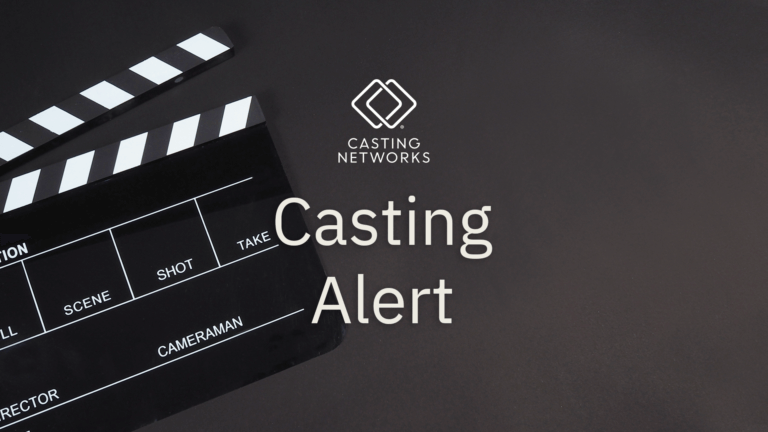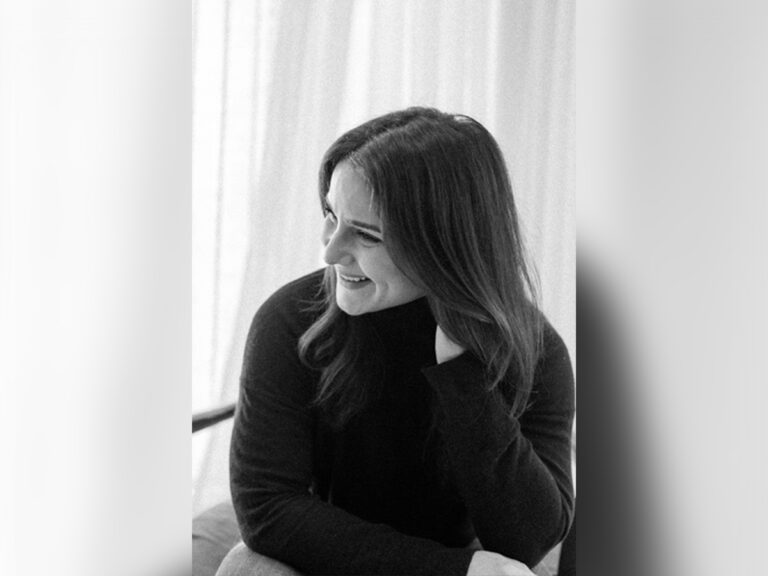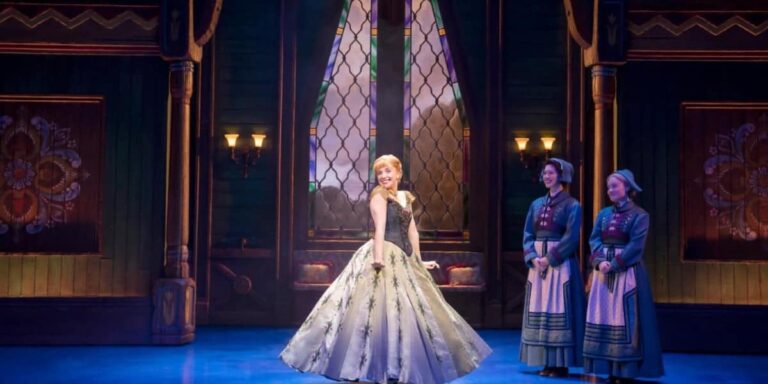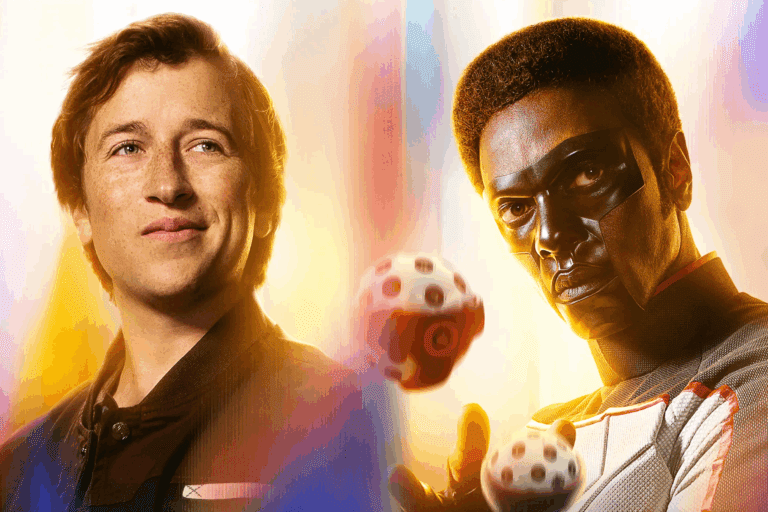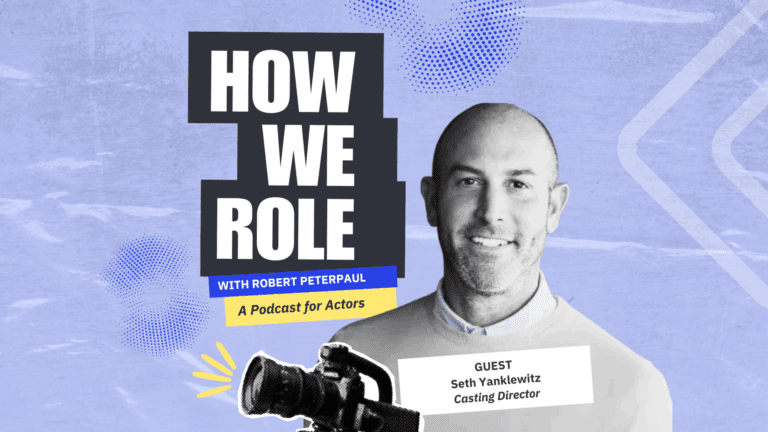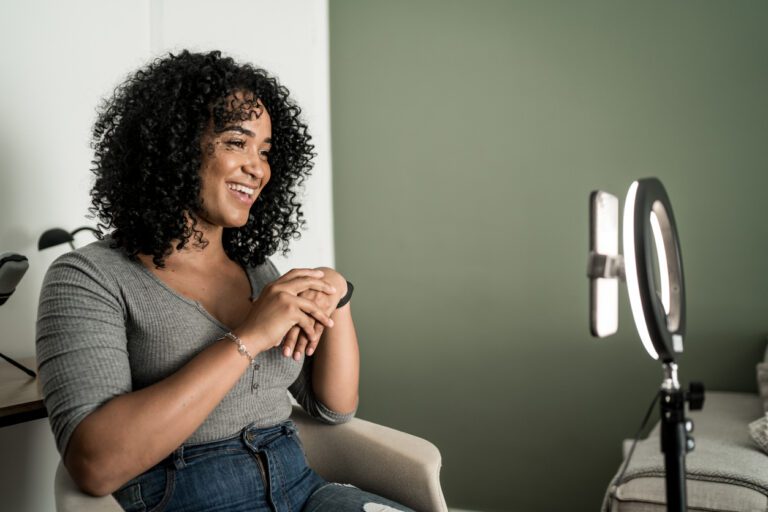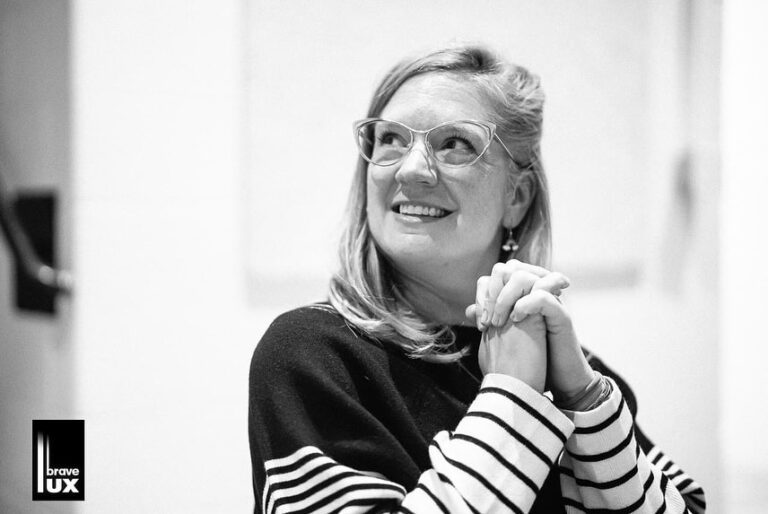If you’re at all familiar with Sailor Moon, then you’re familiar with the work of Tracey Hoyt. The Canadian actress started her impressive acting career as one of the show’s voices when it first came to North America 30 years ago.
While she has done plenty of work in front of the camera in the years since, she has spent most of her time voicing dozens of characters in video games and animated shows and movies, especially in the Cat in the Hat series. She’s also a voice coach and teacher in her native Toronto and took a break from her busy schedule to chat with us from home.
Insights: Lessons from Tracey Hoyt
- Hone unique skills like impersonation for specialized roles.
- Train in improv to enhance adaptability in performances.
- Own your individuality; it’s your unique selling point in auditions and roles.
How did you become an actor in the first place?
I knew from a really young age that I could impersonate. This is a common thing with voice actors. I started to think seriously about it in my first year of high school. I got into the high school musical and did some community theater. This is in the suburbs of Toronto.
My dad took me to see A Chorus Line when I was in grade nine, and even though I’m not a singer or dancer, I just sat there thinking, “yeah, this is what I’m doing.” It was just undeniable.
I think it was just the passion of the performers and the characters that made me think, “this is going to be my life.” That and being able to impersonate anything on television or commercials for family members, getting that hit of a laugh, I realized the power of that from a pretty early age.
How did that then manifest into being a professional?
I didn’t pursue it professionally ’till after theater school, but I was doing classes in high school when I moved to Toronto in grade 12. I was studying improv at Second City. That changed my life in many ways, not just as an actor but as a coach as well. I did a lot of regional theater here in Canada, then I started to get voice work. That was a surprise.
How did that happen?
Officially it started ’cause my dad was a radio announcer. When I was still in high school here in Toronto, he was an easy-listening FM radio morning man and every year they would do a Christmas radio play. He asked if I wanted to be part of it. There was no pay or anything, everyone was doing it just for fun.
It was the first time I ever played a character, the first time I’d ever been in a booth, and I will never forget that feeling of the headphones, being in the sealed-off studio, this little tiny space, and just thinking, “oh.” That planted the seed, and the freedom of embodying a character in that context was really powerful.
When I was doing regional theater, because I’d been in the news doing regional theater, I would get hired to do these little actor roles in radio plays and then that led to larger parts. I started to get auditions to dub Japanese anime projects, so that really put me on the map with getting into animation. Then I started doing tons of radio commercials.
The reason I’ve been a voice actor for all these decades now is because of my improv training. It was undeniably the reason I’m still around. It was just such a great skill to have and it just led to so many different things for me, especially in voice.
How so? Can you tie it directly?
It’s all about the magic of yes. You’re given a direction, you’re given an invitation or prompt when you’re in a studio or even on stage or in any kind of performing context, and it’s just so interesting when you fully embody “yes” and see what happens.
I didn’t know how much I loved singing operatically until I was an improviser. That became really valuable in my animation work because a lot of the time we have to sing in character with animated projects. It just was this gift that kept on giving, even in audition rooms, just having confidence when people would ask, “so how’s your day going, Tracy?” and having a really honest, in-the-moment answer. “Well, a penguin just pooped on my head, but other than that, things are great.”
That’s good luck when a bird poops on you. Even a penguin.
Did I say penguin? (Laughs) I meant pigeon. Anyway, just being really honest and disarming, taking away all the weirdness of those moments by being myself. That was a really big life lesson for me as an actor, because I knew coming out of theater school, most of the gig was trying to get the gig. Being comfortable in those rooms, being comfortable with myself, became a really helpful tool to have for all kinds of work.
Was Sailor Moon your big breakthrough?
I think the first big one I got was called Kerropi and Friends, which was this adorable preschool one. I thought that was my big break because it was the first time I got a lead in a show.
I had a little experience when we did Sailor Moon. We had no idea what it was, we had no context for it. We truly didn’t know it was a big deal until there was a convention here in Toronto.
I remember being at a Q&A with most of my Toronto peers, and we were all looking at each other like, “what is happening?” Because these kids in the audience and these young adults were dressed as the characters. That’s the first time I’d ever seen cosplay. Honestly, I’ve been acting now for 37 years professionally, the biggest thing I’m recognized for is that.
Is there a sense of responsibility that comes with doing a show that is aimed at children?
Responsibility. That’s an interesting question because we do a lot of really cool animation for children, especially preschool stuff here in Canada. I’d already had a lot of experience doing work with educational components to it, so that was just something I learned early on about the responsibility of taking your time. Teaching moments. Those opportunities in the storytelling where you realize that the kids are actually learning from you. I think it requires a lot of empathy to think about the kids that are watching it.
Speaking of responsibility, you mentioned your coaching. Is there a central idea of how to teach voice acting? What is your philosophy about how you teach your students?
I’ve been really lucky. I’ve had some incredible mentors and teachers. Terry O‘Reilly, who was one of the best commercial directors here in Canada, his whole thing was, “the best thing you can share with an actor is nobody can do what you do. So let that be your strength.”
The only way I can explain it is when you read a novel, and when you hear the narrative voice when you’re first reading the opening paragraph, that little voice is the voice in your heart. It’s your true heart and soul voice that you’re imagining what that the narrator sounds like, or that character they’re describing. It all comes from your own experience. That’s what I try to do as a voice coach and director.
Don’t play what you think the announcer should sound like. They want you. How do you find your way into the story? Who needs to hear this story? How can you be the only person who can get us through that or share that in the way that only you can see or experience that story? There’s always a way into it, but it has to be genuine.
Ready to find your next role with Casting Networks? Sign up for a free trial today!
You may also like:

